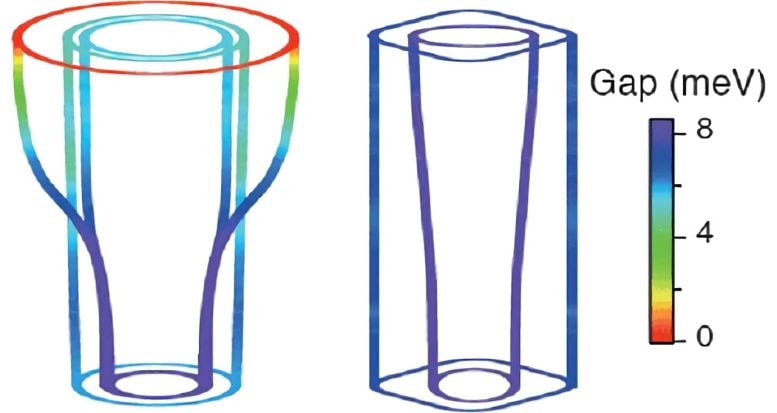
False-color plots of the superconducting gap distribution of BaFe2(As0.7P0.3)2. The image on the left shows the superconducting energy gap approaching zero (indicated by color), but at a circular horizontal line-node. This immediately rules out the d-wave pairing symmetry, which would give four vertical line nodes in the diagonal directions. Credit: D.L. Feng, et al.
While using an instrument to measure the detailed superconducting gap structure of the ferropnictide superconductor BaFe2(As0.7P0.3)2, physicists discovered experimental evidence that iron-based superconductors fall into the regime of s-wave pairing symmetry.
Condensed-matter physicists the world over are in hot pursuit of a comprehensive understanding of high-temperature superconductivity, not just for its technological benefits but for the clues it holds to strongly correlated electron systems.
One important avenue of investigation is pairing symmetry. It’s a property of Cooper pairs, the bound electron pairs that are a hallmark of all superconductors, whether high-temperature or conventional. The paired electrons act as if they were a single particle, and the energy required to break Cooper pairs is measured by the superconducting gap. The symmetry of the superconducting gap, known as the pairing symmetry, is an important characteristic of Cooper pairs that is intimately related to the mechanism of superconductivity.
In conventional superconductors, the Cooper pairs have s-wave pairing symmetry, which takes the shape of a sphere. In contrast, Cooper pairs in the cuprate family of high-temperature superconductors exhibit d-wave pairing symmetry, which looks a bit like a four-leaf clover. The leaves, or lobes, are areas where the superconducting gap is finite. At the points where two leaves join, known as nodes, the superconducting gap goes to zero.
However, iron-based superconductors do not fall nicely into either of these two categories. Some members of this group exhibit characteristics of superconducting gaps with s-wave pairing symmetry, while others show signatures of nodes where the gap becomes zero, as with d-wave pairing symmetry.
The key to resolving this discrepancy remained unknown until recently, when a team of scientists from Fudan University used an instrument at the Stanford Synchrotron Radiation Lightsource’s Beam Line 5-4 to measure the detailed superconducting gap structure of the ferropnictide superconductor BaFe2(As0.7P0.3)2. They discovered a signature that could not have originated from a d-wave pairing – a striking difference from the cuprate family.
This finding, the first measurement of its kind, provides solid experimental evidence that iron-based superconductors fall into the regime of s-wave pairing symmetry seen in conventional superconductors, and suggests that both nodal and nodeless gaps could arise from the same mechanism. This could lead to a unified theoretical framework for both phenomena, making the research an important step toward unveiling the mechanism of iron-based superconductivity.
Reference: “Nodal superconducting-gap structure in ferropnictide superconductor BaFe2(As0.7P0.3)2” by Y. Zhang, Z. R. Ye, Q. Q. Ge, F. Chen, Juan Jiang, M. Xu, B. P. Xie and D. L. Feng, 4 March 2012, Nature Physics.
DOI: 10.1038/nphys2248



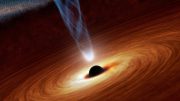
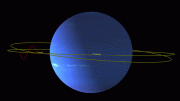
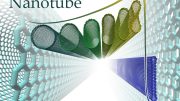
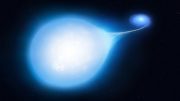

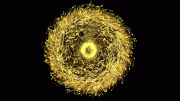
Be the first to comment on "Experimental Evidence Shows Iron-Based Superconductors Exhibit S-Wave Symmetry"